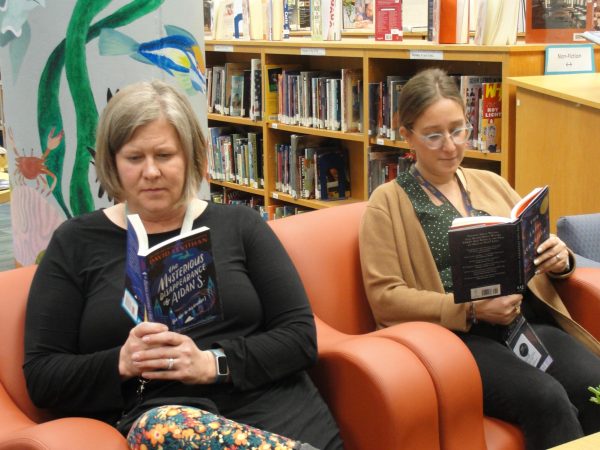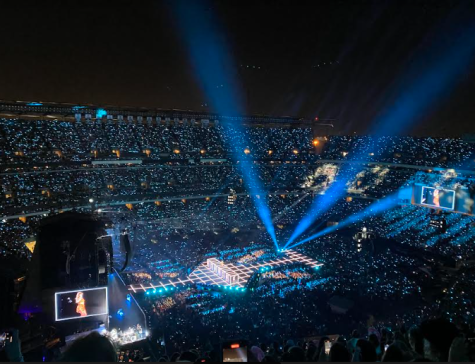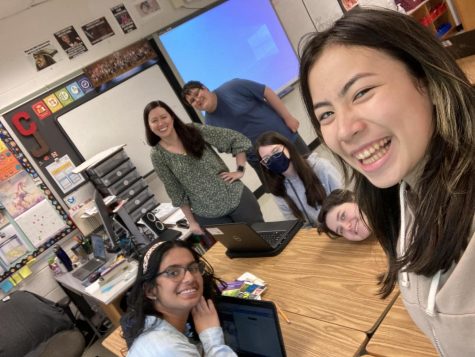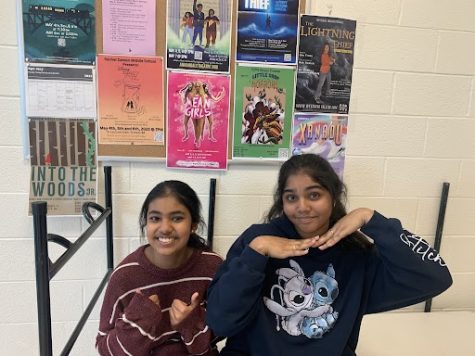Counting by colors

Imagine being able to taste something when you hear music, or see colors when you look at a certain word. Believe it or not, this is a real condition called synesthesia, and about one out of every 2,000 people experience it.
“It is usually like if you were picturing something in your head,” said Maya Dulnev, an eighth-grader on the Xtreme team who experiences synesthesia. “It clouds up your vision. It’s just like a cloud of color sometimes.”
Synesthesia is a condition where unrelated senses cross in ways they don’t usually. For example, a person with synesthesia might see certain colors when they listen to music, or taste certain foods while reading something.
“When listening to music, different styles come up as colors,” said Maya. “Indie or slow music appears as blue, jazz as green, and pop is typically yellow.”
Synesthesia is extremely rare, only affecting about 2 to 4 percent of the general population, with most symptoms occurring from a young age, or birth. It’s caused by extra connectivity between certain neurons in the brain and is usually is passed down by family members who also have synesthesia. It’s been to found to be more present in people who are very creative, or adept at music or the arts.
Although it is usually genetic, some people have synesthesia without a family connection. Maya said that no one that she knows of in her family experience synesthesia, but her mother has dyslexia, which is a similar condition where you confuse certain letters.
The most common and least severe form of synesthesia is seeing colors while reading numbers or words. Everyone experiences the condition differently, but specifically with the common form there are some trends. For example the letter “A” and number five are typically associated with the color red.
“When I see the equation 5+3, the colors red and blue come into my head,” Maya said. “The answer, which is 8, appears purple.”
Maya says that although there’s confusion sometimes, synesthesia hasn’t affected her life negatively.
“In my personal experience, it gets people typically surprised,” she said. “For example, I was explaining a math equation to my teacher, and I substituted colors in for numbers. This got her confused.”
For most people, synesthesia is experienced in the same way you would picture something when talking to someone, but in some cases, people have reported a cloud of color in front of their vision.
“It usually doesn’t affect my vision, it’s just in the back of my mind, but especially with 5 and 3, it will occasionally take up most of what I see,” Maya said.
Synesthesia can be intensified or depleted by certain methods. For example, meditation can increase synesthesia because the mind can calm and become clear. Synesthesia can also be lessened. Every time you get sick, your synesthesia can become less than it was before.
Synesthesia is not a disability or a disorder, and its seen by most as a gift. It’s common for someone who is gifted or talented to hear sounds or see numbers as different shapes.
“Overall, it’s a pretty cool thing to have,” Maya said. “It kind of spices up my life and makes me a bit more interesting of a person.”








